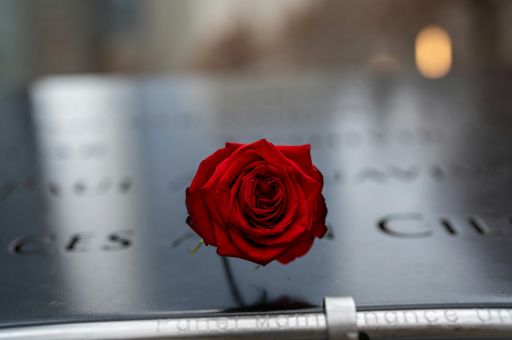The Ministry of Territorial Policy and Democratic Memory will finance the genetic analysis of human remains exhumed from the parish cemetery of Colmenar Viejo (Madrid), where 108 individuals executed in 1939 by a military court have been recovered.
The victims were residents of San Sebastián de los Reyes, Fuencarral, Hortaleza, Moralzarzal, Chozas de la Sierra (Soto del Real), Manzanares el Real, Miraflores de la Sierra, and El Molar, executed shortly after the Spanish Civil War ended.
TDB keeps you informed. Follow us on: Facebook, Twitter and Instagram
A project of remembrance and reparation
The identification process, already underway, will last 13 months and has a budget of €114,899. It aims to confirm the individual identities of the victims through DNA testing and complement the historical, archaeological, and anthropological studies. The resulting forensic report will be delivered to the families along with the identified remains.
Spain to fund genetic identification of 108 Civil War victims exhumed in Colmenar Viejo
This initiative is funded by a grant from the State Secretariat for Democratic Memory to the San Sebastián de los Reyes City Council, as part of a project promoted by the Commission for the Truth Association and a consortium of seven northern Madrid municipalities that had residents executed in Colmenar Viejo.
The first exhumation of its kind in Madrid
Conducted between 2022 and 2023 in three phases, the excavation recovered 108 sets of remains, 77 of which were fully exhumed. This marked the first large-scale exhumation of this nature in the Madrid region, setting a precedent in Spain’s efforts for historical memory and justice.
The victims —mostly farmers and workers— had diverse political affiliations, including PSOE, PCE, UGT, and CNT.
“This process allows families to reclaim the remains of their loved ones and restore their dignity after more than eighty years,” said sources from the Ministry.
In 2024, an exhibition displayed personal belongings unearthed from the graves, such as buttons, belts, coins, shoe soles, and even an insulin bottle, preserving the human stories behind the tragedy.
